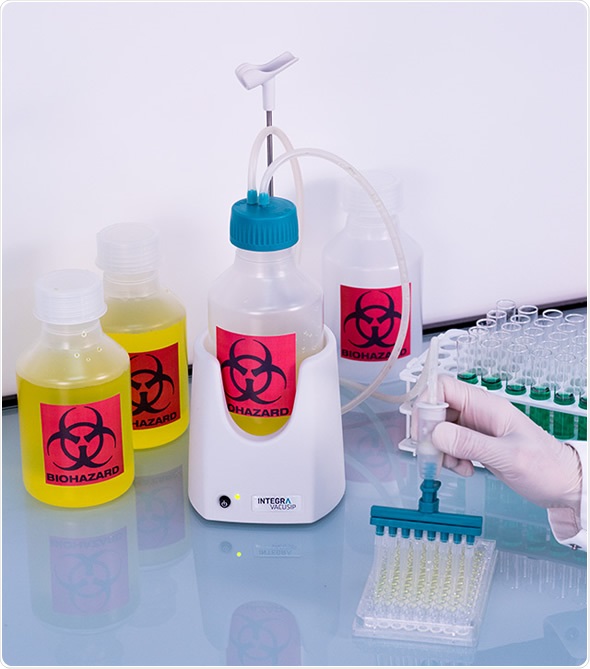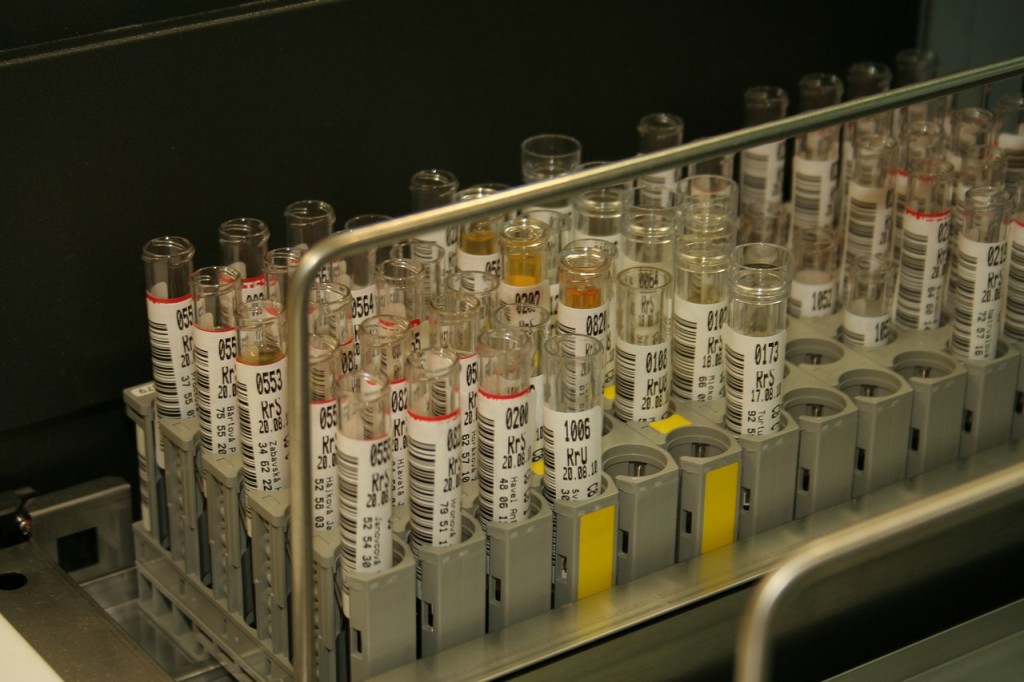Leading Liquid Waste Disposal Melbourne: Trusted Solutions for Appropriate Waste Management
Leading Liquid Waste Disposal Melbourne: Trusted Solutions for Appropriate Waste Management
Blog Article
How Fluid Waste Disposal Functions: A Comprehensive Summary of Strategies and Technologies Utilized

Summary of Fluid Waste Kind
The intricacy of fluid waste kinds demands a detailed understanding of their features and effects for disposal. Liquid waste can generally be classified right into several kinds, including industrial, community, farming, and contaminated materials. Each classification exhibits unique homes, calling for specific monitoring approaches to alleviate environmental and health and wellness dangers.
Industrial fluid waste originates from making procedures and frequently consists of a series of impurities, such as hefty steels, solvents, and natural compounds. Local liquid waste, largely making up wastewater from households and business establishments, includes organic matter, nutrients, and virus (industrial wastewater treatment). Agricultural fluid waste, consisting of overflow from farms, might consist of fertilizers, pesticides, and pet waste, presenting risks to water quality and ecological communities
Hazardous fluid waste is characterized by its poisoning, reactivity, or potential to cause harm. This classification includes materials like acids, bases, and specific chemicals that require rigid handling and disposal procedures. Recognizing these varied liquid waste types is important for developing efficient disposal methods and guaranteeing conformity with ecological policies. Proper classification and characterization are crucial for executing appropriate therapy strategies and reducing the negative effect on public health and wellness and the atmosphere.
Physical Treatment Approaches

Testing is the first step, where larger fragments and particles are removed from the fluid waste making use of screens or grates. In sedimentation storage tanks, much heavier fragments settle at the base, developing a sludge layer, while the cleared up fluid can be more dealt with.
Filtration is another vital technique that entails passing the fluid through porous materials, such as sand or membrane layers, to record smaller fragments. This step enhances the top quality of the liquid, making it suitable for succeeding therapy processes.

Chemical Treatment Techniques
Chemical treatment techniques are essential for effectively handling liquid waste, specifically in resolving liquified and colloidal pollutants that physical techniques may not adequately get rid of. These techniques utilize different chemical representatives to reduce the effects of, precipitate, or transform hazardous compounds right into much less damaging kinds.
One common method is coagulation and flocculation, where chemicals such as alum or ferric chloride are included to advertise the aggregation of suspended particles. This process boosts sedimentation, permitting simpler elimination of the resulting sludge. Additionally, oxidation procedures, utilizing agents like chlorine or ozone, are utilized to damage down complex natural substances and microorganisms, providing the waste safer for discharge or further treatment.
Neutralization is one more crucial method, which changes the pH of acidic or alkaline waste streams to neutral degrees, avoiding potential injury to downstream systems and the setting. In addition, progressed oxidation procedures (AOPs) make use of combinations of oxidants and ultraviolet light to deteriorate consistent pollutants, accomplishing a higher level of therapy effectiveness.
Organic Treatment Procedures
Biological treatment processes play a vital duty in the administration of fluid waste by utilizing microbes to break down raw material and lower impurity degrees. These processes can be extensively classified right into anaerobic and cardiovascular therapies, each using details microbial communities to attain effective waste destruction.
Aerobic therapy entails using oxygen to facilitate the failure of natural materials by bacteria. This process is frequently executed in triggered sludge systems, where aeration containers supply a conducive setting for microbial development, bring about the oxidation of natural contaminants. The resultant biomass can be divided from dealt with effluent through sedimentation.
In contrast, anaerobic therapy takes place in the absence of oxygen, counting on various microorganisms to damage down organic issue. This method is specifically useful for high-strength waste, as it creates biogas, a renewable resource source, while lowering sludge manufacturing. Technologies such as anaerobic digesters are regularly employed in metropolitan and commercial applications.
Both cardio and anaerobic biological treatments not just reduce the environmental influence of liquid waste but additionally help with resource recuperation, making them essential parts of lasting waste management techniques. Their efficiency, versatility, and performance sustain their extensive execution throughout various look what i found fields.
Emerging Technologies in Disposal
Innovative approaches to liquid waste disposal are quickly developing, driven by innovations in technology and an enhancing focus on sustainability. Among these arising technologies, membrane bioreactors (MBRs) have actually gotten grip for their ability to integrate organic therapy with membrane layer purification, resulting in top quality effluent that can be reused in various applications. MBRs allow smaller footprints and a lot more look at this site effective procedures contrasted to typical systems.
Another promising growth is making use of anaerobic food digestion integrated with nutrient healing modern technologies, which not only treats liquid waste but likewise creates biogas and recuperates useful nutrients like nitrogen and phosphorus. This twin advantage enhances source performance and minimizes environmental impact.
Furthermore, advanced oxidation procedures (AOPs) are being taken on for the degradation of complex organic contaminants. These techniques use powerful oxidants and catalysts to break down pollutants at the molecular level, using a very effective option for difficult waste streams.
Additionally, the integration of expert system and artificial intelligence in waste management systems is optimizing functional performance and predictive upkeep, causing lowered expenses and boosted environmental compliance. These modern technologies reflect a significant shift towards more sustainable and effective liquid waste disposal techniques.
Final Thought
In verdict, reliable liquid waste disposal demands a thorough understanding of various techniques and innovations. By continuously progressing these approaches, it becomes possible to deal with the growing challenges connected with liquid waste, eventually contributing to ecological security and source recovery.
Fluid waste disposal is an important element of ecological administration, calling for a thorough understanding of numerous techniques and innovations tailored to various waste kinds. Fluid waste can extensively be categorized right into numerous kinds, including industrial, local, farming, and dangerous waste. Agricultural liquid waste, including drainage from ranches, might include fertilizers, pesticides, and animal waste, posing risks to water top quality and communities.
Various physical treatment techniques play a Get More Information crucial duty in taking care of liquid waste efficiently - industrial wastewater treatment.In final thought, reliable fluid waste disposal requires a thorough understanding of different methods and innovations
Report this page